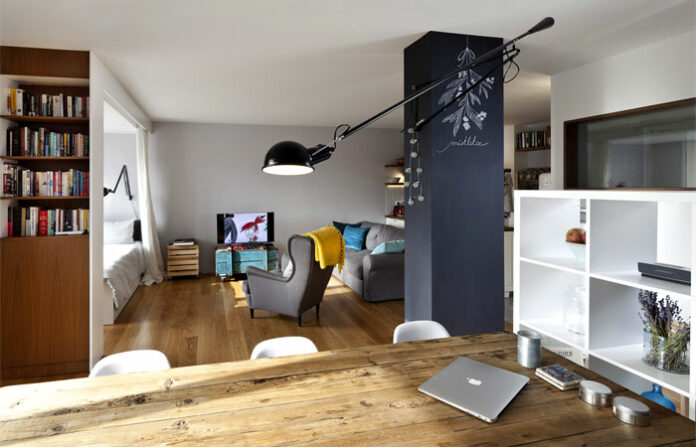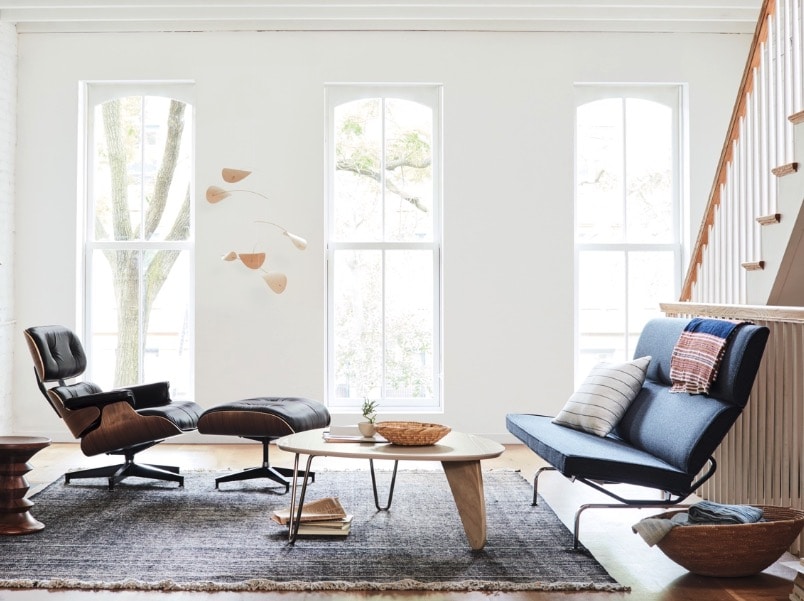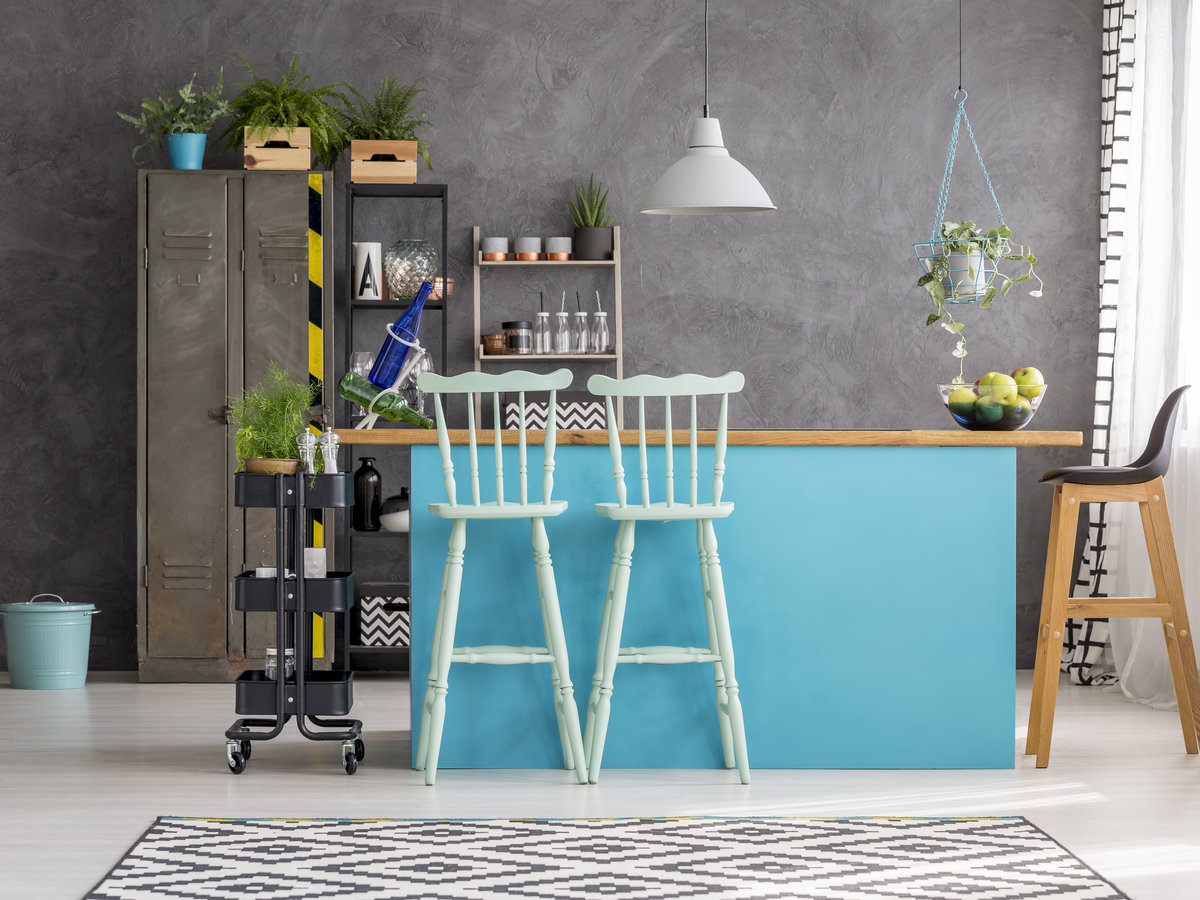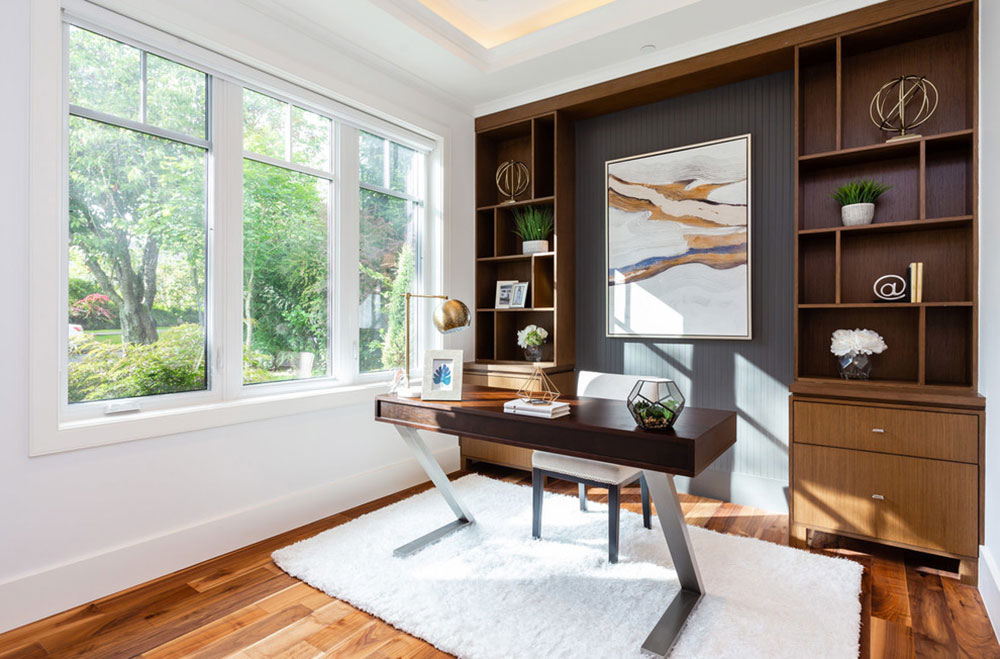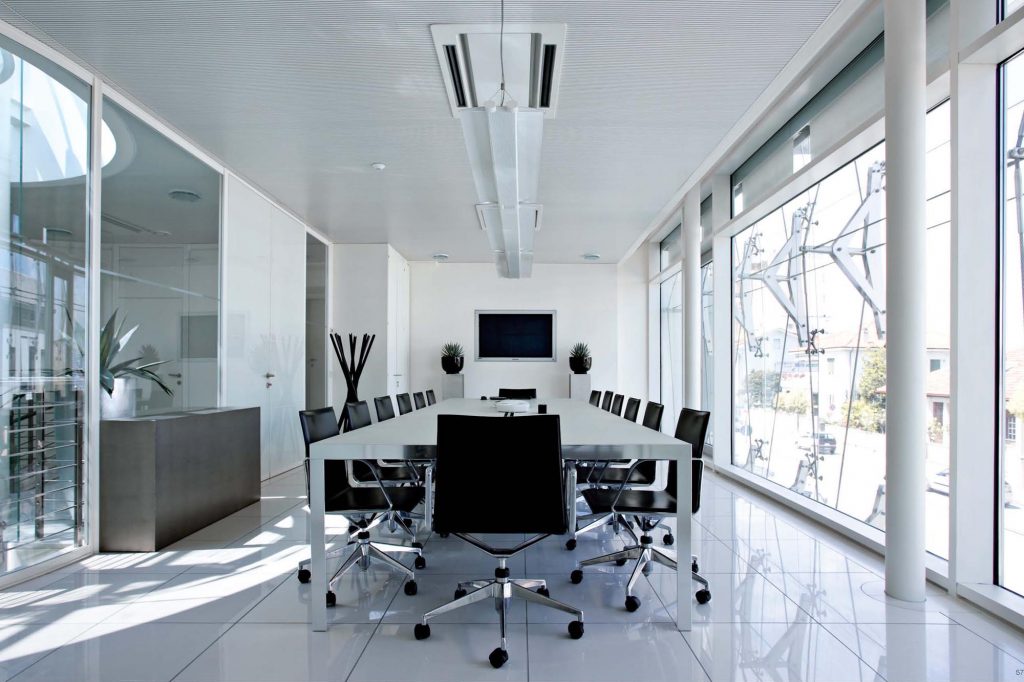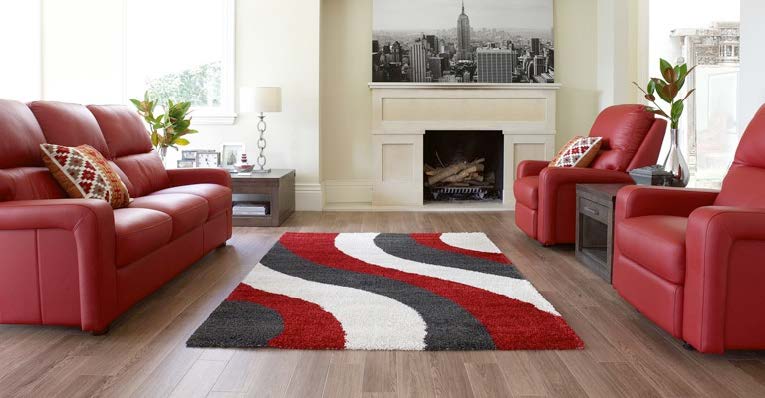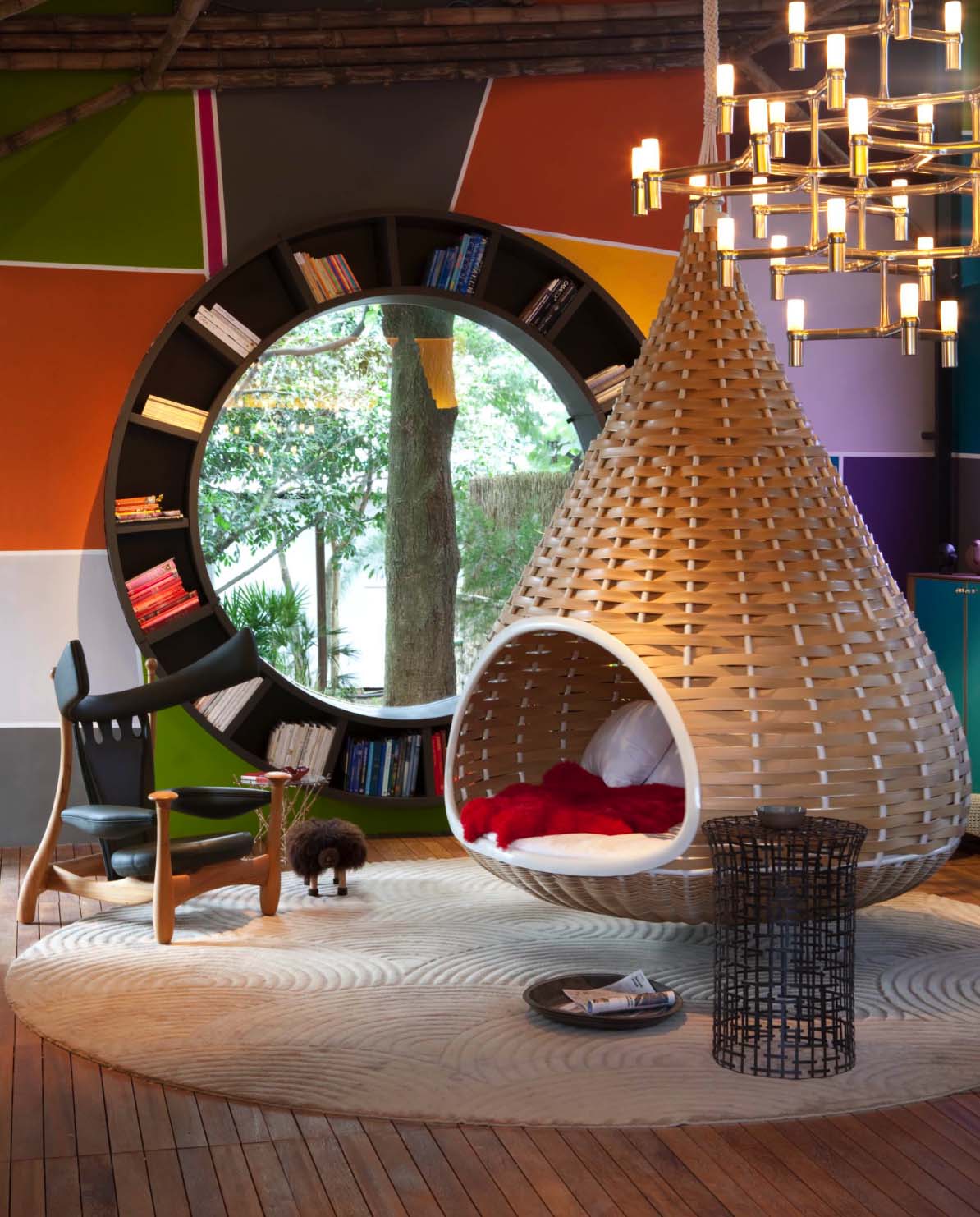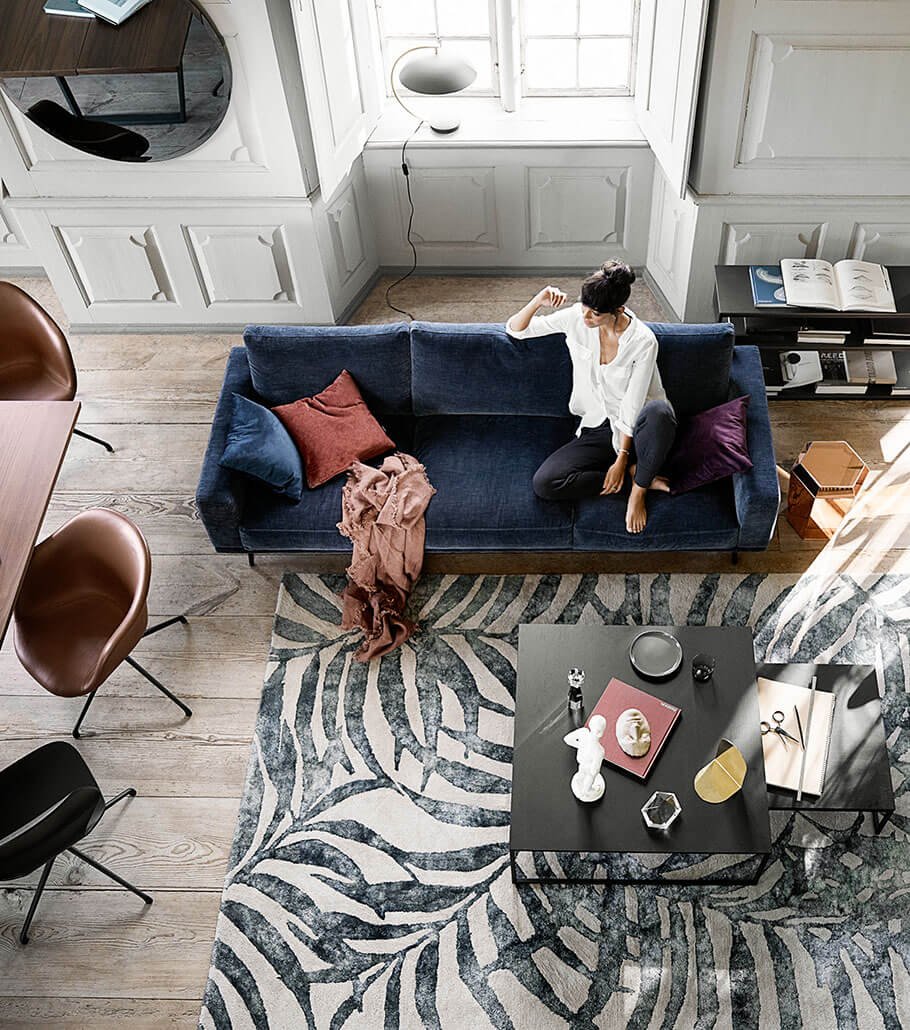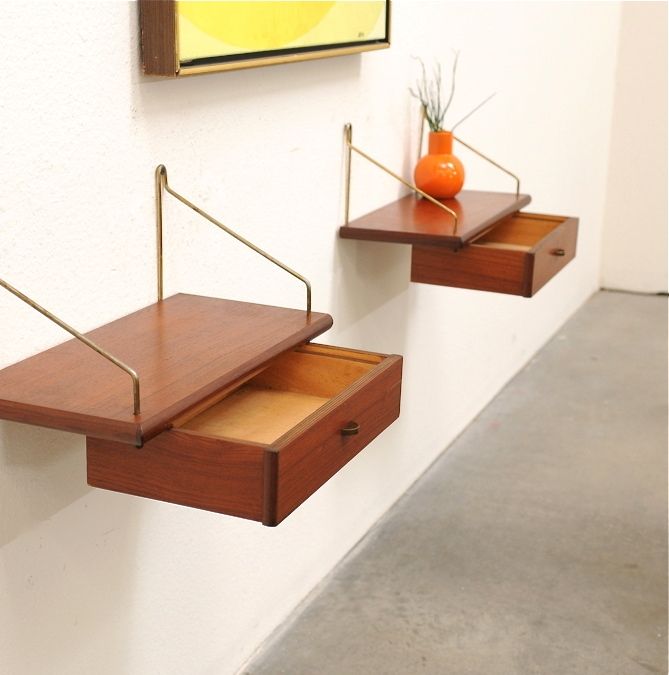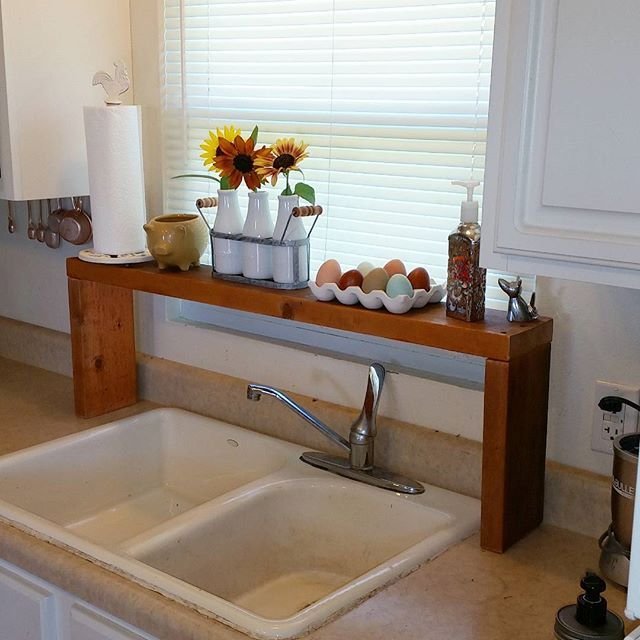Living space in the United Kingdom is shrinking, as developers try and squeeze more houses into available space to make them more affordable.
A report by the Royal Institute of British Architects says many of Britain’s new build homes are the smallest in Western Europe. For this reason, there is an increasing interest in using interior design to maximise living space. An intelligent design will enable you to really make your available space work for you, transforming your everyday life.
A brighter, more functional and intelligent living space is something we all aspire to achieve. Remember your home is your sanctuary and place of relaxation while bonding with your family in pure comfort. A cluttered environment can easily disrupt and intrude your space. Let the light in and allow freshness into your home.
Your home should be a relaxed and comfortable environment. The good news is that size doesn’t impact these factors – and you don’t need to live in a big home to create them.
If you are a wannabe minimalist and it’s space you’re looking for, but you have no idea how and where to start, follow these intelligent designs tips to maximise your experience of space and make your home feel bigger:
1. Rearrange your furniture
When last did you rearrange your furniture? It’s important to plan your space before you start moving things around. Focus on spaces around the windows that is going to give you the best natural light and brightness, therefore avoid placing any bulky furniture in front of the windows. Keeping those spaces open will make your home airy and cheerful. If certain pieces of furniture are taking up too much space or doesn’t fit too well in the area, consider putting it into a storage unit and purchase décor that will influence that room positively.
2. Select your décor wisely
It’s essential to create aesthetic appeal inside your home and the best way to do this is by being selective of your décor. A simple furniture layout can make all the difference in creating more space in your home. Popular décor choices for smaller spaces include the likes of mirrors and glass, which help to create a sense of space and the illusion that there is more to the room. Making use of mirrors in the oldest design trick in the book.
3. Put your pantry on display
Having an open pantry adds a lot of character to a room. Just outfit a practical shelving system with breathable baskets that can confine everything from various types of produce to bulky bags of dry goods like flour and sugar.
4. Layout
Once you’ve rearranged your furniture and selected your décor you now need to decide if the existing layout is best suited for your design. Simply laying out your furniture strategically can make the world of difference to the space in your home. Some tips for layout include never allowing furniture to block pathways or light sources, filling up corners of the room with the likes of a corner bookshelf and prioritising large furniture items, planning smaller pieces around them.
5. Eliminate areas of clutter
Decluttering your space has the potential to make a room feel significantly larger. The trend of minimalism is on the rise and many households are becoming more space conscious. The best way to declutter is to categorise your belongings and ruthlessly tidy your space. Discard items that you no longer use, and donate items that you no longer have use for. Store items that you plan to use at a later stage in a self storage unit.
6. Leave empty spaces
This is a great way to open up the home and attract natural brightness. The illusion of an empty space can create an interesting feature within the home. Embrace any open space and avoid adding furniture for the sake of filling an empty space, rather leave it clear and let the space be visibly peaceful.
7. Let the light in
A great and easy way to open up space in a home is to take advantage of natural lighting. Try to keep your curtains and shutters open until sunset. Keeping doors and windows open not only adds a bright airiness to the room, but also expands the space to include the outdoors.
How you choose to hang your curtains also plays a role in the amount of light that enters the room, and how much space the room appears to have. Shorter curtains that fit your window perfectly have the potential of stunting the length of the space. Choosing to hang your drapes near your ceiling and extend them past the window frame can add to the illusion of larger windows and a greater space.
8. Paint your walls in light colours
Painting your walls in light colours will allow for the light in the room to reflect and create an illusion of space, while darker colours make a room feel smaller. If you want to make the room appear larger, opt for whites or lighter shades of greys, creams and yellows. Lighter, cool colours will encourage a feeling of openness.
Note: the ceiling is essentially a fifth wall. Painting your ceiling a light colour will maximise on the feeling of space by reflecting light and complementing the walls.
9. Choose a large rug
Choosing a larger rug, even if the pattern is quite bold, is a trick that often makes a room feel bigger. Unlike smaller rugs, the large size doesn’t visually break up the floor. This can also help anchor and set the tone for the space and give you a good staple piece to design the rest of the room around.
10. Display artwork above eye level
Hang a gallery wall of paintings and other framed pieces as high as possible to give the illusion of a tall ceiling. Although a gallery wall might seem too busy for a small space, it actually makes it feel larger if it extends to the ceiling.
11. Hang a chair
Swing chairs have become extremely popular and are super fun. This is a very modern design which provides seating without taking up any floor space – a lifesaving solution for any small living room.
12. Consider vintage appliances
Retro and vintage appliances have a smaller footprint that the more modern appliances. They also add a decorative charm to the room, and with the array of colours available, it really gives character to a small space.
13. Customise your furniture
Your choice furniture plays a large role in the amount of space in your home. When choosing furniture, be sure to choose quality over quantity. Imagine how you would like the inside of your home to look like, and choose your furniture accordingly. As a guideline, larger furniture should be the focal point of your home so take size into consideration if you wish to create a sense of space. A handy tip is to choose furniture that can do double up to be used as storage, such as a coffee table with drawers underneath.
14. Install a shelf above the door
A shelf above the door will provide great out-of-sight bathroom storage for extra supplies. Although the bathroom is the smallest room in the house, it is often the messiest room. So by installing a shelf above the door, you’ll be able to create more floor space as well as have a more organised bathroom.
15. Floating nightstand
A floating nightstand is a great space-saver and includes enough room for a few things you need next to your bed. This is a practical solution to open up space in your room, especially if your room is cramped.
16. Mount your TV
Mounting your TV to the wall means that you don’t need a table for the TV to stand on, as a result you’ll regain your floor space and open up the room. If you have a TV in your room, do the same! Mounting the TV to the wall will help hide the wires.
17. Invest in space saving furniture
There many intelligent designs which offer a variety of ‘smart’ furniture pieces which serve more than one purpose. Chances are that your home is already furnished, but if your budget allows, consider selling your existing furniture to subsidise the purchase of new space saving furniture. Shop around for furniture with storage. Finding furniture that can be used for more than one purpose can save on valuable space for other things you might want in your home, or if you just want to keep that space open.
Today, design has developed to a point where there is a wide variety of multifunctional furniture pieces that serve more than one purpose. For example, an ottoman can hold items as storage and be sat on at the same time.
18. Over the sink shelf
Build an over the sink shelf using pallet or skid wood. A over the sink shelf is an attractive and functional addition to the kitchen. The shelf will help keep things organised while giving you more storage space closer to the sink. This will open up your kitchen space and make the kitchen feel a lot bigger.
19. Think vertical
Have you ever noticed how much space there is above your head? Many people never think to utilise the space above their heads and instead store items from side to side. Never ignore the space above your head as this is a great place to store seasonal, holiday or little-used items. Make sure that you focus on producing a vertical effect when choosing furniture for your home, such as vertical shelving which takes advantage of the height of a room.
Vertical storing creates an appearance of height and space. An easy, simple and intelligent design to achieve this space is to invest in vertical shelves. Avoid storing the heavier and bulkier items on shelves or above your head. Vertical space includes making use of wall space. Make your walls do the heavy lifting!
20. Suitable storage containers
Choosing the correct storage containers is important – they can’t be too bulky. You also need to decide where the containers are going to go. By making sure the containers are stackable you will be able to make use of the vertical space as mentioned above.
21. Transform underused spaces
Convert any unused areas into an alternative storage space. Customise areas that are underused and have the potential to be used as storage space. Use simple structures to construct these areas and try to maximise space. Utilise the area under the staircase. This is often an overlooked part of the home which has a lot of potential to be used a place of storage.
22. Take advantage of self storage
Self storage is an easy and affordable investment for households wanting to maximise space in the home. This way you’ll able to declutter your space without having to get rid of your belongings for good. With the help of self storage, you’ll be able to intelligently design the perfect home to best suit your needs.
Self storage facilities are conveniently located, easily accessible, safe and secure and most of the reputable self storage facilities have units that are monitored 24/7 by CCTV and individually alarmed. These units come in multiple shapes and sizes to best suit your needs and are at extremely affordable prices.
Renting a self storage unit is the ideal solution to maximising your storage space and effectively achieve an intelligent design. Make sure you find a reputable self storage facility that offers a number of benefits and practical solutions, such as convenience, flexibility, security and easy accessibility.
Apply some of these tips to your home and see what the outcome is. You never know, maybe you realise your home is a lot bigger than you thought, and find spaces you’ve never seen before. The way people are living is changing, especially in this day and age. The objective is to maximise the space in your home, and enjoy more space with less stress.

